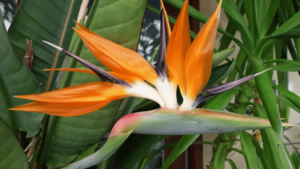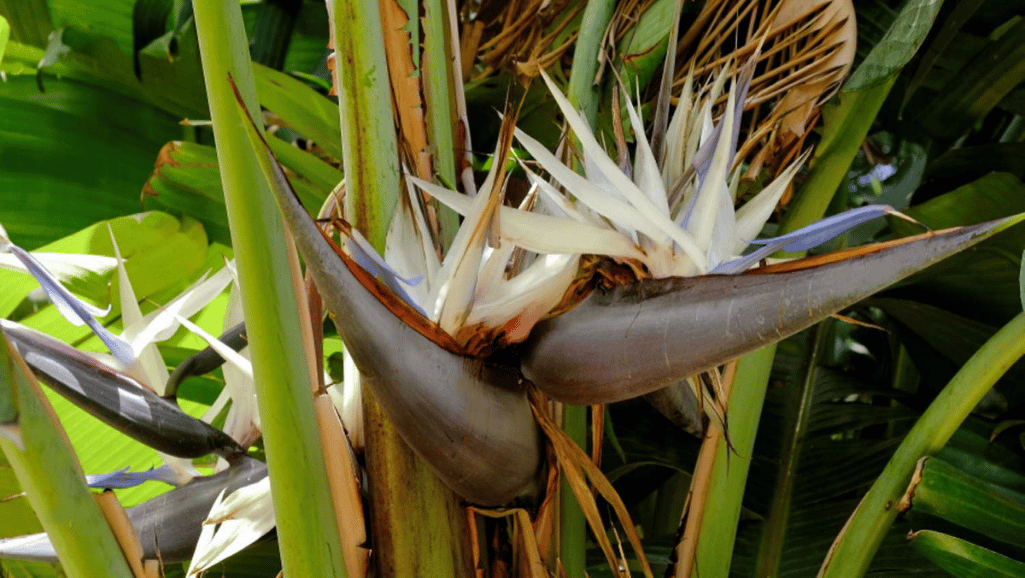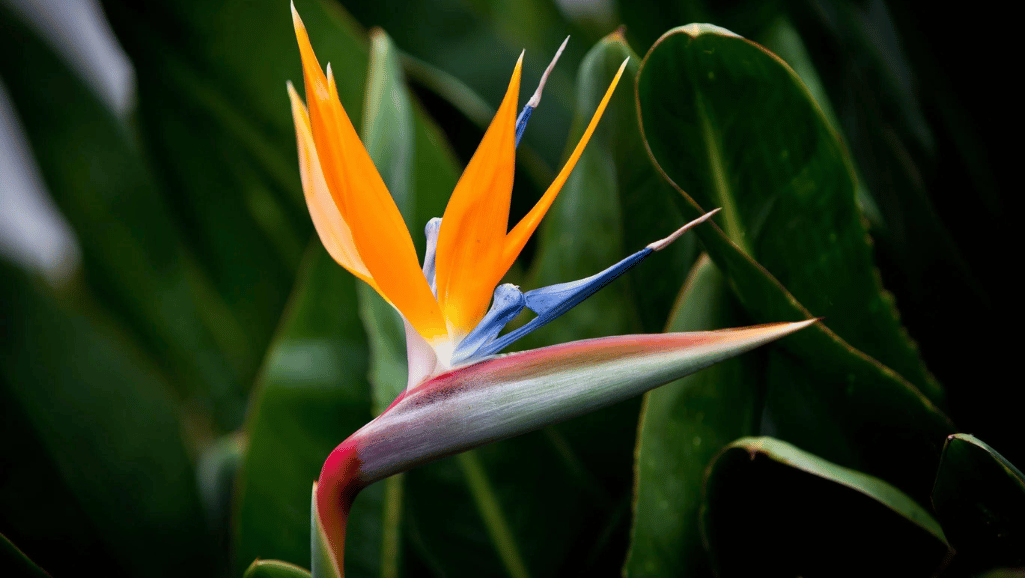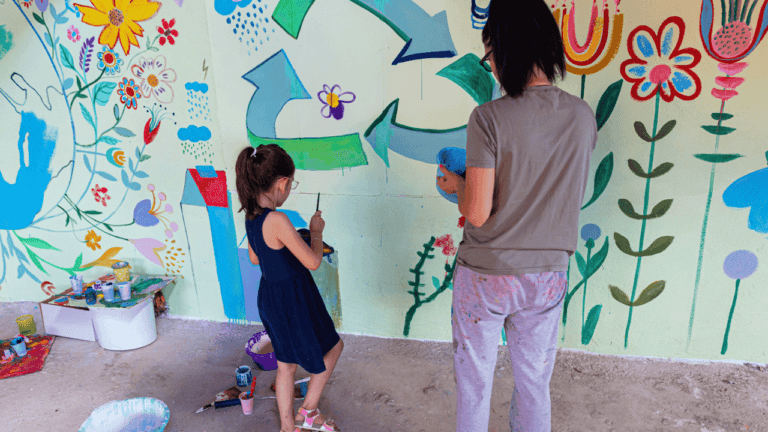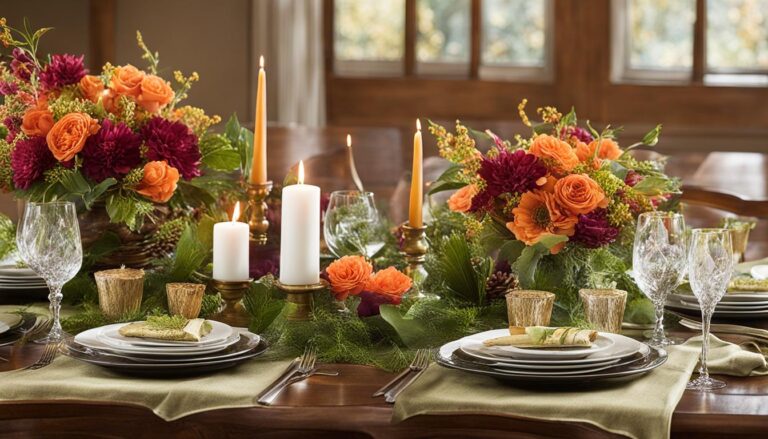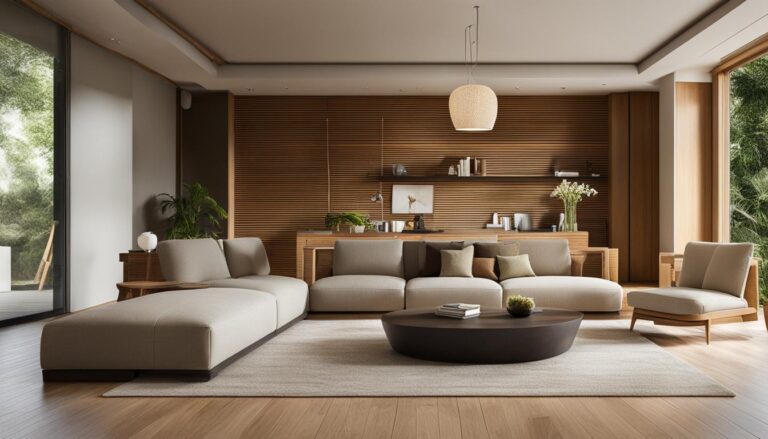Introduction
The Bird of Paradise (Strelitzia reginae) is more than just a plant; it’s a piece of tropical paradise that you can have right in your living room. With its large, banana-like leaves and iconic flowers resembling a bird in flight, this plant is a favorite for many green thumbs and interior designers alike. In this comprehensive review, we’ll delve deep into the needs and nuances of this delightful plant, ensuring that by the end, you’ll not only be knowledgeable but also enamored with the Bird of Paradise.
Bird of Paradise (Strelitzia reginae) Indoor Plant Details
| Specification | Details |
|---|---|
| Common Names | Bird of Paradise, Crane Flower |
| Botanical Name | Strelitzia reginae |
| Family | Strelitziaceae |
| Plant Type | Perennial |
| Mature Size | Up to 5-6 feet indoors, potentially larger in natural environments |
| Sun Exposure | Bright, indirect light. Can tolerate some direct morning sunlight |
| Soil Type | Well-draining potting mix, often with added sand or perlite |
| Soil pH | Slightly acidic to neutral (6.0 to 7.5) |
| Bloom Time | Late winter to early spring, with optimal care |
| Flower Color | Orange and blue, resembling a colorful bird in flight |
| Hardiness Zones | 10-12 (primarily grown indoors outside these zones) |
| Native Area | South Africa |
This table offers a concise snapshot of the Bird of Paradise’s key specifications. Adhering to these requirements will ensure your plant not only survives but thrives, offering a vivid splash of the tropics wherever it’s placed.
Bird of Paradise (Strelitzia reginae) Care
As with most plants, understanding the natural habitat of the Bird of Paradise provides key insights into its care requirements. Originally hailing from South Africa, it thrives in warm, sunny conditions. However, with a bit of insight and dedicated care, they can thrive in indoor settings.
Light
Sunlight is a key ingredient in the Bird of Paradise’s success. These plants love bright, indirect light. While they can tolerate some direct sun, especially in the cooler parts of the day, prolonged exposure can lead to scorched leaves. South or west-facing windows are ideal spots indoors. If you notice the leaves becoming pale or the plant stretching out, it might be time to reconsider its position.
Soil
The right soil can make all the difference. For Strelitzia reginae, well-draining soil is a must. A general-purpose potting mix combined with a bit of sand or perlite promotes proper drainage. This plant doesn’t like to sit in water, so ensure pots have drainage holes.
Water
Watering is both art and science. For the Bird of Paradise, it’s best to keep the soil consistently moist but not soggy. During its growing season, spring and summer, water regularly. Reduce watering frequency during the dormant winter months. Always check the top inch of soil; if it’s dry, it’s time to water.
Temperature and Humidity
Bird of Paradise plants relish warmth and humidity. Aim for temperatures between 65 and 70°F (18-21°C). While they can tolerate occasional temperature dips, prolonged cold can be detrimental. Increasing humidity, especially during winter when indoor air is dry, can be achieved through misting or using a humidifier.
Fertilizer
Feeding your Bird of Paradise ensures lush growth and frequent blooms. During the growing season, use a balanced liquid fertilizer every two weeks. Reduce feeding in the fall and winter months. Always follow the recommended dose to prevent fertilizer burn.
Types of Bird of Paradise (Strelitzia reginae)
While Strelitzia reginae is the most well-known, there are other species like the Giant Bird of Paradise (Strelitzia nicolai) which can grow even taller and the White Bird of Paradise (Strelitzia alba). Each has its unique charm and care requirements.
Pruning
Pruning not only helps maintain the plant’s shape but also promotes new growth. Remove dead or damaged leaves using sharp shears. Annual pruning, especially in early spring, is often beneficial.
Propagating Bird of Paradise (Strelitzia reginae)
Propagation is best achieved through division. Mature plants can be gently taken out of pots and roots separated with as little damage as possible. Each division should have a mix of mature and young growth.
Overwintering
In colder climates, it’s crucial to move the Bird of Paradise indoors before the first frost. Ensure it receives ample light and reduce watering.
Common Pests & Plant Diseases
Mealybugs, spider mites, and aphids are common pests. Regularly check the plant and use insecticidal soaps or neem oil as a treatment. Root rot can occur if the plant sits in water, so ensure good drainage.
How to Get Bird of Paradise to Bloom
The key to vibrant blooms is ample light and proper feeding. If your plant doesn’t bloom, consider moving it to a brighter location and ensure it’s receiving the right nutrients.
Common Problems With Cause and Solution
The Bird of Paradise (Strelitzia reginae) can encounter a range of problems. Let’s discuss some of the most common issues, their causes, and solutions.
| Problem | Cause | Solution |
|---|---|---|
| Yellow Leaves | Overwatering, inadequate drainage, or too much direct sunlight | Ensure proper watering routine, good drainage, and move away from direct sunlight |
| Brown Leaf Edges | Low humidity, especially in winter months | Increase humidity by misting or using a humidifier |
| Leaves Curling or Wrinkling | Under-watering or root rot due to soggy soil | Water more consistently, but ensure well-draining soil to prevent root rot |
| No Flowers/Blooms | Insufficient light, age (young plants might not bloom), or lack of nutrients | Move to a brighter location, wait (if the plant is young), or fertilize appropriately |
| Leaf Tips Turning Black | Over-fertilization | Reduce fertilizer use or ensure you’re using the recommended amount |
| Holes or Bites in Leaves | Insect pests like caterpillars or beetles | Check regularly for pests, remove manually or use insecticidal soap |
| White Powdery Substance on Leaves | Fungal diseases like powdery mildew | Improve air circulation, reduce humidity, and treat with a fungicide |
| Stunted Growth | Poor soil quality, insufficient light, or pests | Repot with fresh soil, move to a brighter location, or check and treat for pests |
| Faded or Pale Leaves | Too much direct sunlight | Relocate the plant to an area with bright, but indirect sunlight |
| Drooping or Limp Leaves | Overwatering or under-watering | Adjust your watering routine based on the soil’s dryness |
It’s essential to regularly check your Bird of Paradise for any signs of problems. The earlier you spot an issue, the easier it is to rectify. Always remember to cater your care to the plant’s specific needs, taking into consideration its native environment.
When Paradise Falters: Addressing Decline
Should your plant start to decline, assess its basic care. Check for root rot, pests, and ensure it’s receiving optimal light and water.
In Summary: Embracing the Tropics at Home
The Bird of Paradise is more than just a houseplant; it’s a statement, a vibrant burst of the tropics brought into your space. With the right care, attention, and love, this plant can not only thrive but also become the centerpiece of any roo
Frequently Asked Questions
Decode the magic of gardens with our guide to Landscaping Styles Frequently Asked Questions.
- Every 2-3 years or when it becomes root-bound.
- Yes, in tropical or subtropical climates. In temperate zones, it’s best as a potted plant that can be moved indoors during colder months.
- While not deadly, it can cause digestive upset if ingested. Keep away from pets and children
- Natural splits can occur due to strong winds or growth. However, drastic splits can be a sign of too little humidity or improper watering.
Recent Posts
- Modern Mural Ideas Transforming Walls into Artworks
- Thematic Table Decor Dressing Your Table for Special Occasions
- Festive Lighting Ideas Brightening Your Home for the Holidays
- Biodegradable Decor Materials Choosing Earth-Friendly Options
- Personalized Space Decor Making Your Home Uniquely Yours
- New Year’s Eve Decor Ringing in the New Year in Style
- Transforming Junk into Decor Upcycling at Its Best
- Second-Life Decor Objects Giving Old Items New Purpose
- Unique Decoration Crafting Standout Ideas for Your Home
- Environmentally Friendly Styling Decor with a Conscience

